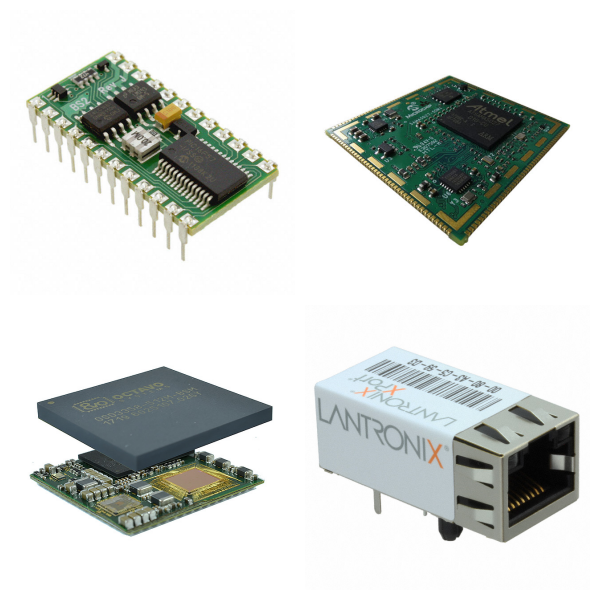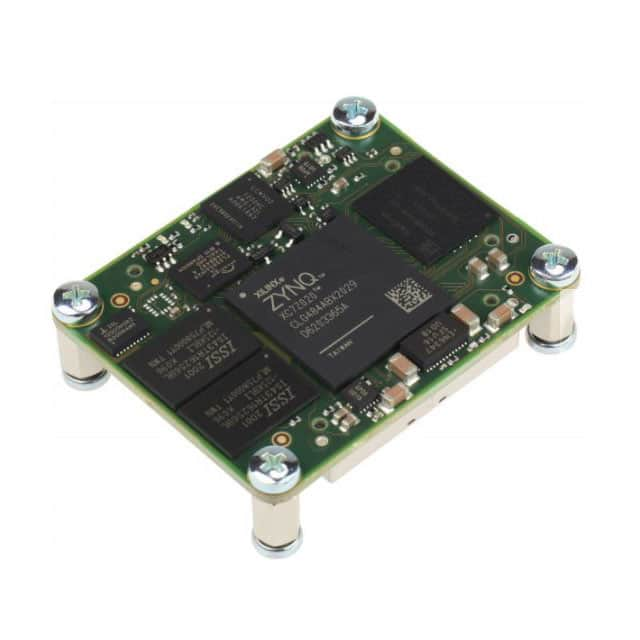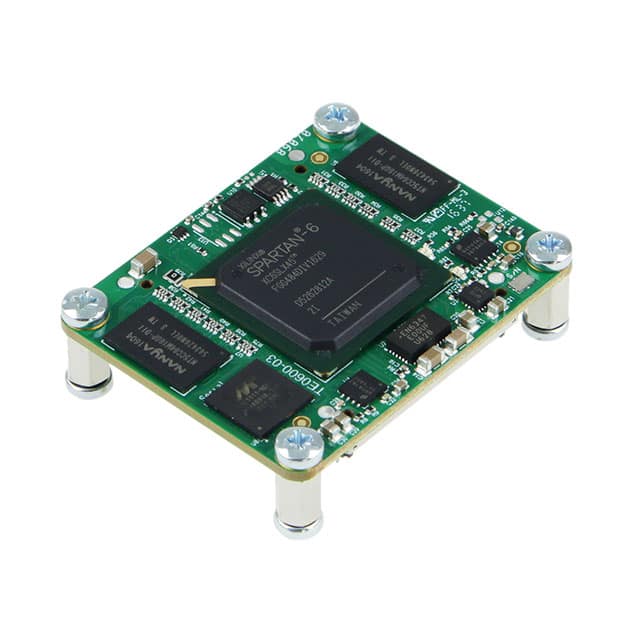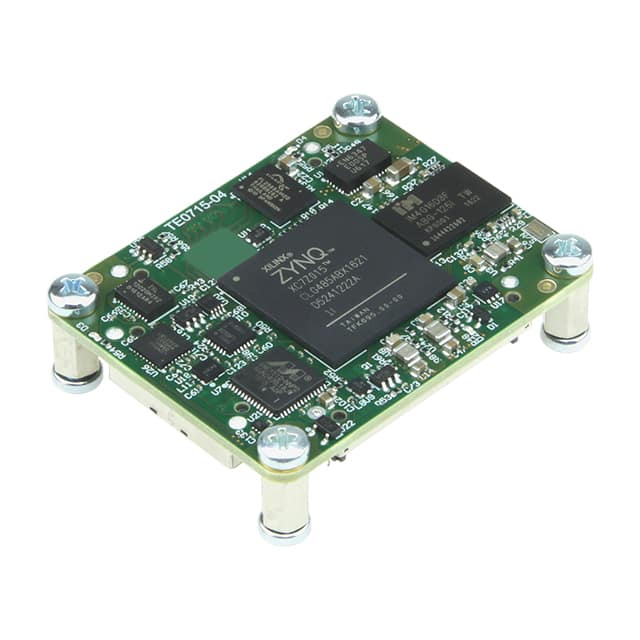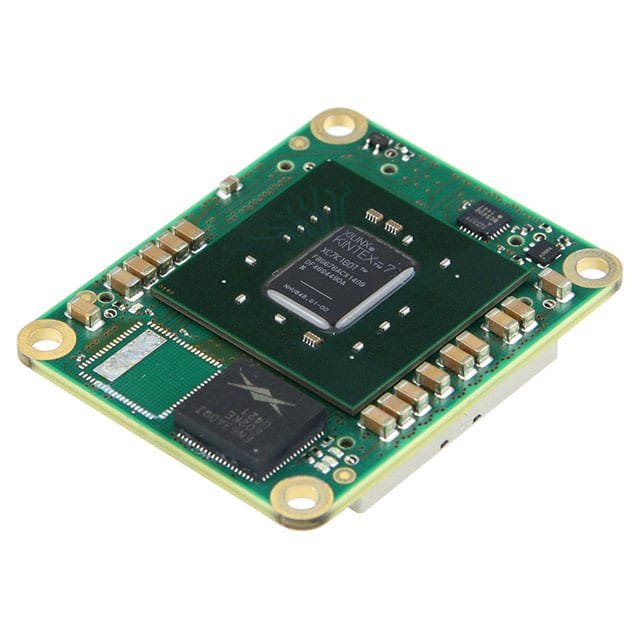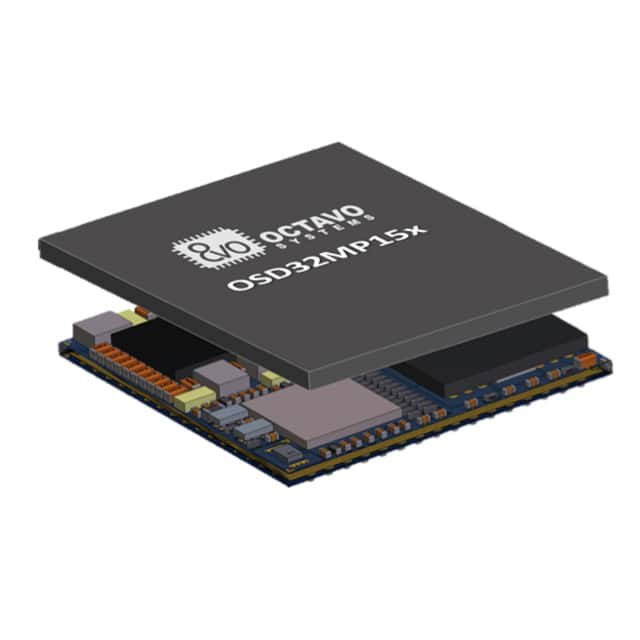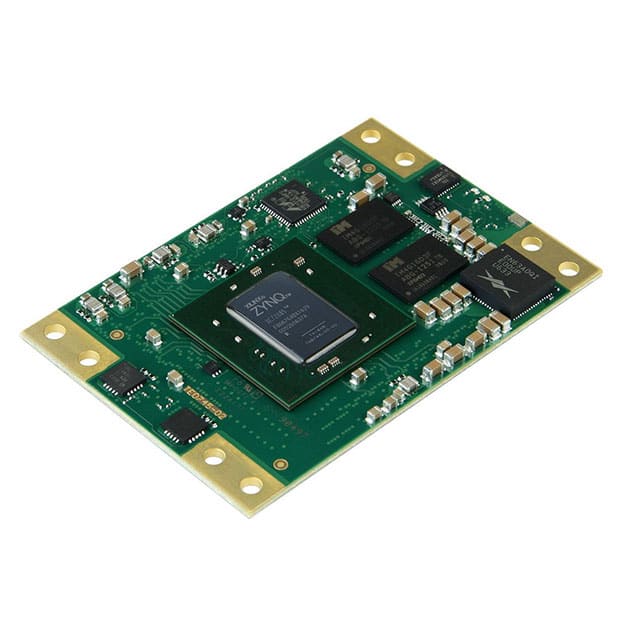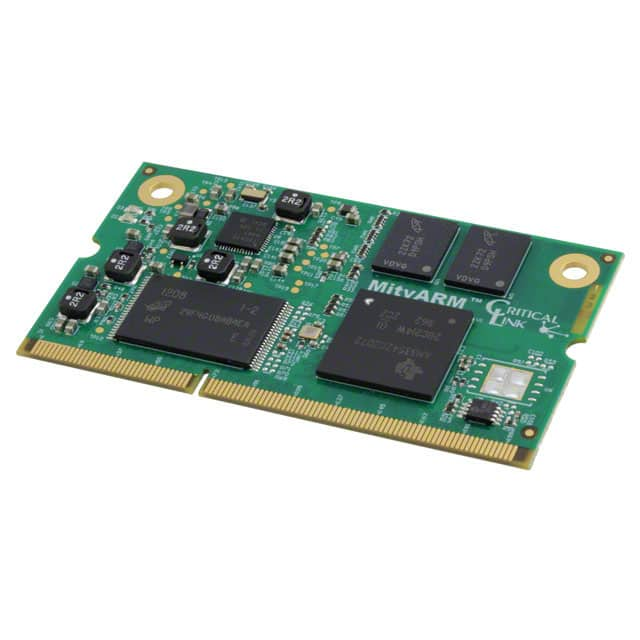Microcontrollers, Microprocessor, FPGA Modules
1. What are Microcontrollers (MCUs)?
Definition: A microcomputer system that integrates the central processing unit (CPU), memory (RAM/ROM), counter, I/O interface, etc. on a single chip, commonly known as a “single-chip microcomputer”.
Features:
High integration: All functional modules are built-in, and no external memory is required.
Low power consumption and low cost: Suitable for resource-constrained scenarios.
Real-time control: Mostly run bare metal or real-time operating system (RTOS).
Typical Applications: Embedded control scenarios such as home appliance control (such as smart sockets), automotive electronics, industrial sensors, simple wearable devices, etc.
2. What are Microprocessors (MPUs)?
Definition: A processor core that focuses on high-speed computing, which requires external RAM, Flash, and other components to form a complete system.
Features:
Strong computing power: Suitable for complex computing and big data processing.
System scalability: Supports running non-real-time operating systems such as Linux/Android.
Typical Applications: Smartphones, industrial control systems, smart routers, and other devices that require high-performance computing.
3. What are FPGA Modules (Field Programmable Gate Array Modules)?
Definition: Integrated circuits that can reconfigure logic circuits through hardware programming, without fixed functions.
Features:
Hardware programmable: Real-time configuration of digital circuits to achieve customized logic functions.
Parallel processing advantages: Suitable for high-speed signal processing tasks.
Typical Applications: Communication baseband processing, video image acceleration, industrial protocol conversion, chip prototype verification, and other highly customized scenarios.
4. Comparison of the Core Differences among MCU, MPU, and FPGA
|
Features |
MCU |
MPU |
FPGA |
|
Integration |
Ultra-high (Full-function Single Chip) |
Low (External Memory Required)) |
Medium (Programmable Logic Unit Array) |
|
Core Capabilities |
Real-time Control and Device Management |
Complex Computing and Operating System |
Support Hardware-level Parallel Processing and Flexibility |
|
Typical Scenarios |
Home Appliance Control, Sensor Nodes |
Smart Devices, Industrial Computers |
Communication Acceleration, Image Processing |

